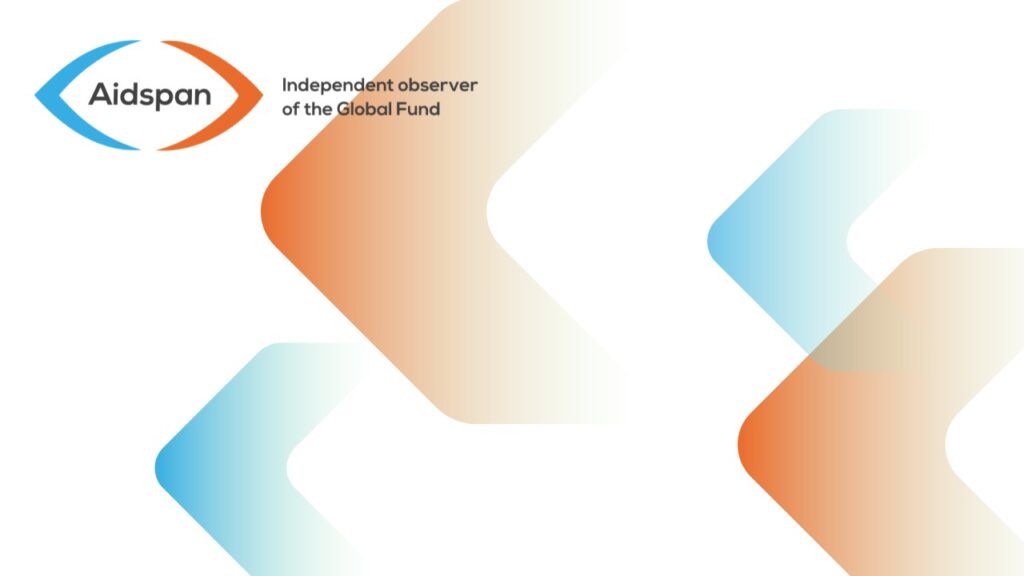
Grant Consolidation and Round 11
Author:
David Garmaise
Article Type:Article Number: 2
ABSTRACT In Round 11, submitting a consolidated proposal is mandatory if the applicant is seeking funding for one or more of the three diseases. But Round 11 proposals that are approved for funding will not necessarily result in grants being consolidated. This article explains why.
Grant consolidation will be required in certain circumstances
Although submitting a consolidated proposal is mandatory in Round 11 if the applicant is seeking funding for one or more of the three diseases, this does not necessarily mean that grants will be consolidated if the consolidated proposal is approved. Submitting consolidated proposals and doing grant consolidation are not the same thing.
A consolidated proposal describes the entire disease programme the applicant wants funded by the Global Fund for the duration of the proposal term (i.e., up to five years). It includes information (e.g., objectives, service delivery areas, activities, targets and costs) on both (a) new initiatives for which funding is being sought, and (b) existing grants for the same disease (regardless of how many PRs are involved). Grant consolidation, on the other hand, involves merging two or more grants for the same PR and disease into one.
In some cases, a consolidated proposal approved for funding will automatically result in some grant conso
Although submitting a consolidated proposal is mandatory in Round 11 if the applicant is seeking funding for one or more of the three diseases, this does not necessarily mean that grants will be consolidated if the consolidated proposal is approved. Submitting consolidated proposals and doing grant consolidation are not the same thing.
A consolida
lidation; in other cases, it will not. The rule of thumb is as follows: If an applicant is submitting a consolidated proposal in Round 11; and if the proposal is approved; and if the country has one or more existing grants for the same disease and the same PR; and if any of the existing grants are not scheduled to end before the proposed start date for the new initiatives in the consolidated proposal – then grant consolidation will be required. In other circumstances, grant consolidation will not be required.
The best way to understand this is by using examples (see below). (The examples assume that the existing grants are not scheduled to end before the proposed start date for new initiatives included in the consolidated proposal. In the examples, we use a fictitious country called “Ruritania.”)
First example: Ruritania has an existing TB grant being managed by PR A. Ruritania submits a consolidated TB proposal in Round 11 and nominates PR A to manage the new initiatives in the proposal.
In this example, if the Round 11 proposal is approved, grant consolidation will be required. The existing TB grant will be consolidated with the new initiatives in the Round 11 proposal.
Second example: Ruritania has two TB grants, one being managed by PR A, the other by PR B. Ruritania submits a consolidated TB proposal in Round 11 and nominates PR A to manage the new activities in the proposal.
In the second example, if the Round 11 proposal is approved, grant consolidation will be required for the grant involving PR A. That grant would be consolidated with the new initiatives in the Round 11 proposal. But the grant being managed by PR B would not be included in the consolidation.
Third Example: Ruritania has two TB grants, both being managed by PR A. Ruritania submits a consolidated TB proposal in Round 11 and nominates PR A to manage the new activities in the proposal.
This follows the same pattern as the first example above: If the Round 11 proposal is approved, grant consolidation will be required for the grants involving PR A. Note, however, that if the Round 11 proposal is not approved, Ruritania will not be required to consolidate the two existing grants being ma
Although submitting a consolidated proposal is mandatory in Round 11 if the applicant is seeking funding for one or more of the three diseases, this does not necessarily mean that grants will be consolidated if the consolidated proposal is approved. Submitting consolidated proposals and doing grant consolidation are not the same thing.
A consolida
naged by PR A. (Ruritania may choose to consolidate the two existing grants, but it is not a requirement.)
Fourth example: Ruritania has two TB grants, both being managed by PR A. Ruritania submits a consolidated TB proposal in Round 11 and nominates PR B to manage the new activities in the proposal.
In the fourth example, if the Round 11 proposal is approved, consolidation of the existing grants being managed by PR A would not be required. A new (single-stream-of-funding) grant agreement would be signed with PR B, and the existing grant agreements with PR A would continue unchanged. (As with the previous example, Ruritania may choose to consolidate the two existing grants being managed by PR A, but it is not a requirement.)
Finally, grants can be consolidated at any time, if they are eligible for consolidation. Countries don’t have to wait for a round of funding to consolidate grants. Interested PRs and CCMs should check with their fund portfolio manager in the Global Fund Secretariat.
The examples used in this article are based on the examples used for Aidspan’s Q&A on Grant Consolidation and the Single Stream of Funding. Additional information on grant consolidation (as well as single-stream-of founding grant agreements and consolidated proposals) is available on the new grant architecture pages of the Global Fund website. The Global Fund’s Architecture Implementation Project Management Team welcomes questions about grant consolidation; the team can be reached at ARCinbox@theglobalfund.org.
